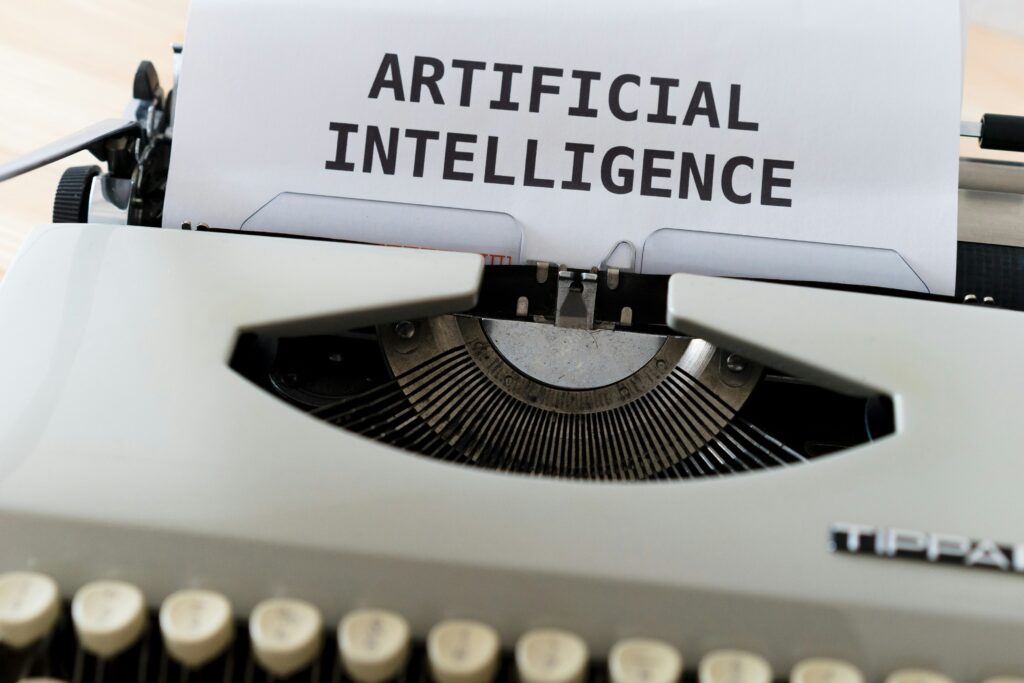The translation industry has undergone a transformative evolution, shifting from a domain ruled exclusively by human expertise to one augmented by the power of artificial intelligence (AI). This integration of AI into translation services has been a game-changer, enabling Language Service Providers (LSPs) to process documents and websites with speed and efficiency. But as the technology advanced, it became clear that the nuanced understanding and cultural context supplied by human translators were irreplaceable elements in the translation process.
The evolution from manual translation to AI integration tells a story of continuous improvement and adaptation. With the advent of machine learning and natural language processing, AI has become an indispensable tool in the translator’s arsenal, offering drafts that can be further refined by human experts. It’s a partnership that marries the best of both worlds: the tireless capacity of machines with the unmatched insight of human experience.
Understanding Human in the Loop
Human-Assisted AI in translation is an approach that leverages the strengths of both artificial intelligence and human expertise to produce translations that are not only accurate but also culturally and contextually appropriate. At its core, Human-Assisted AI involves a collaborative process where AI provides a baseline translation which is then reviewed, edited, and enhanced by human translators. This hybrid model ensures a level of linguistic precision and cultural sensitivity that AI alone cannot achieve.
To the client, Human-In-The-Loop means a commitment to quality and reliability. When AI-generated translations are overseen by human professionals, clients can trust that the final output will resonate with the intended audience. It’s a process that balances technological efficiency with the discerning eye of a skilled linguist, ensuring that every translation maintains the integrity and intent of the original content. This powerful synergy between human and machine is what sets apart top-tier translation services in an increasingly globalized marketplace.
Key Benefits of Combining Human Intuition with AI Precision
The collaboration between human translators and AI systems offers several compelling benefits. First and foremost, the efficiency of AI translation tools enables the processing of large volumes of text at a speed no human could match. This means faster turnaround times for clients who need their content translated quickly. However, speed without accuracy is of little value, and this is where human intuition comes into play, ensuring that translations are not just quick, but also accurate and culturally nuanced.
Furthermore, AI systems are excellent at maintaining consistency across large projects, a feature that is enhanced by human supervision to ensure that terminological precision is upheld. This consistency is crucial for clients with extensive documentation or multiple websites that require uniformity in language and style. By combining human insight with AI’s attention to detail, we deliver translations that are reliable, accurate, and culturally attuned – qualities that our clients expect from a professional translation service.
Real-World Applications: Success Stories of Human-Assisted AI Translations
The efficacy of Human-Assisted AI in translation is evidenced by success stories from various sectors. For instance, legal firms often require the translation of complex documents where a single misinterpreted phrase could have significant ramifications. Through Human-Assisted AI, these firms receive translations that uphold the legal precision required, while also being completed in a fraction of the time.
Another sector that benefits greatly from this approach is healthcare, where accurate translation can literally be a matter of life and death. These real-world applications demonstrate how the human touch elevates AI translations, ensuring that they meet the high standards necessary in critical industries.
How Human-Assisted AI will Continue to Transform the Landscape
As technology continues to advance, we know that the role of Human-Assisted AI in translation will grow even more significant. Innovations in machine learning and AI will lead to more sophisticated translation tools, which, when paired with the nuanced understanding of human linguists, will push the boundaries of what is possible in translation services. Clients can look forward to more personalized, accurate, and culturally resonant translations as we continue to refine this relationship.
As global connectivity expands, the demand for multilingual content will increase, making the scalability and adaptability of Human-Assisted AI translations even more valuable. By embracing the combined strengths of humans and machines, we will ensure that we can meet the evolving needs of clients, delivering translations that are not just words, but bridges connecting people, cultures, and businesses across the globe.
